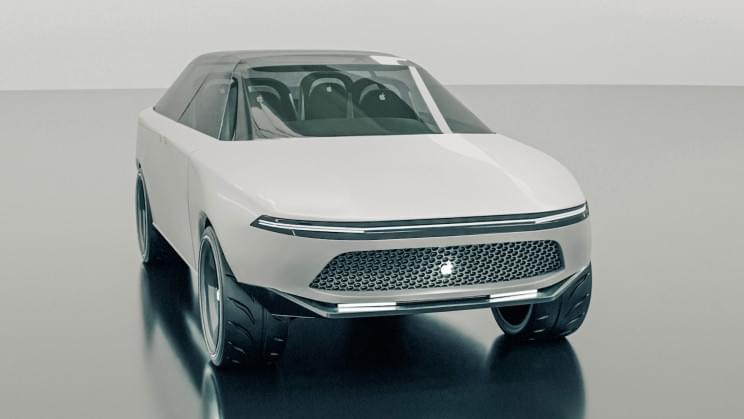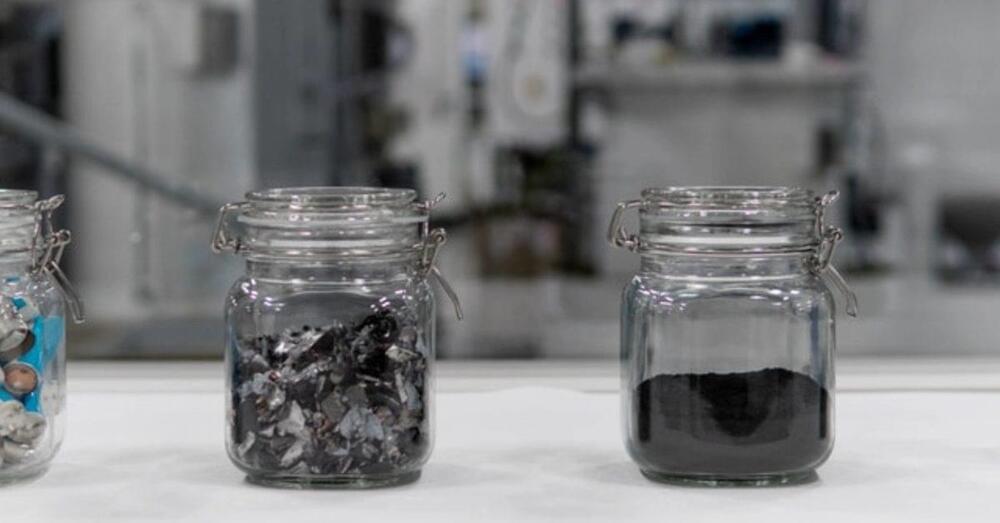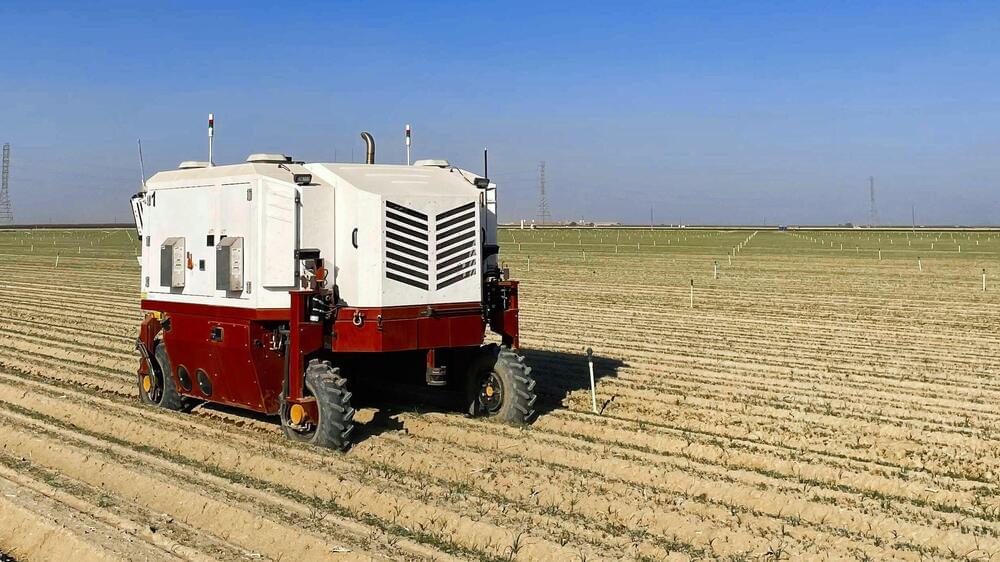Tesla rival Rivian stock price was valued at over $100 billion after it was publicized at the world’s largest IPO in 2021.
The Rivian stock price was valued at over $100 billion after it was publicized at the world’s largest IPO in 2021. With this, Tesla CEO Elon Musk has given some warning that Rivian may face.
Rivian Stock Price Prediction: Elon Musk Gives Heads-Up to the Challenges
According to Economic Times, Rivian’s stock price has soared as much as 53 percent during its Nasdaq debut on Wednesday, which provided the Amazon-backed electric vehicle manufacturer a market price of more than $100 billion after what could be said as the world’s largest IPO this year.





